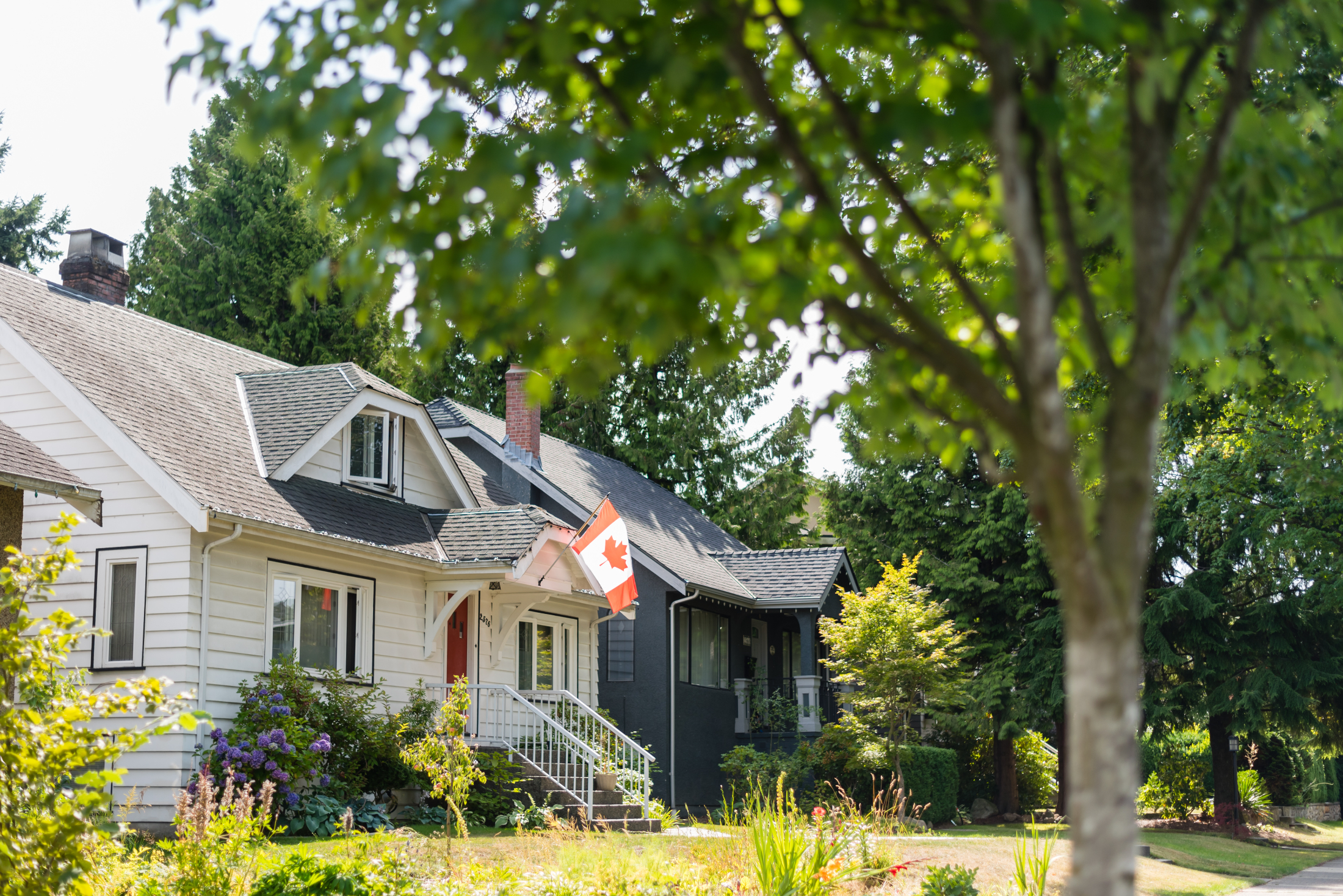It’s the age-old question: to get pre-approved, or not to get pre-approved. But whether you’re a first-time buyer or a seasoned homeowner, if you’re in the market for a new home, there are some clear and compelling reasons why you may want to consider getting pre-approved for a mortgage before you start you search.
What does getting pre-approved for a mortgage mean?
Getting pre-approved for a mortgage means a lender (like a bank, credit union or trust company) literally pre-approves you for a mortgage of a set maximum amount, for a specific term and at a guaranteed rate of interest.
The pre-approval is usually good to guarantee your mortgage for a fixed amount of time – generally somewhere between 60 to 130 days, depending on the lender. Most mortgage lenders offer preapproval, or you can usually also work with a mortgage broker.
Pre-approved vs. pre-qualified
The terms “pre-approved” and “pre-qualified” are sometimes used interchangeably. But there are some fairly important distinctions between them.
When you’re pre-approved, your lender locks in the amount, rate and terms of the mortgage for a set period of time. Getting pre-qualified, on the other hand, just means that a lender gives you an estimate of how much mortgage loan you probably qualify for, based on your current financial situation.
While the pre-qualification process is a little simpler and more casual than getting pre-approved, there are no guarantees on the amount, rate or terms of the mortgage. So while getting pre-qualified may give you a general idea of how much home you can afford, everything else to do with the mortgage can change at any time between now and when you apply for the loan.
What’s involved
Getting pre-approved requires many of the same steps as it takes to get qualified for a mortgage after visiting a property you want to buy. This can vary from one buyer to another and between lenders, but in general, you’ll need to supply your lender or broker with your:
identification;
proof of employment;
list of all your current debts and assets; and
proof you can pay the down payment and closing costs.
The amount that you’re pre-approved for is the maximum amount of the mortgage the lender will qualify you for. The final mortgage total may be less, depending on the value of the property you want to buy, and how much you’re able to put down as a down payment.
The benefits of getting pre-approved
While it can seem like a lot of work to take on upfront, it doesn’t take any more time or effort than applying for a mortgage after putting in an offer on a property you want to buy. But getting pre-approved offers several key advantages, including letting you:
save time when house-hunting by only looking at properties you know you can afford;
get a better idea in advance of how much your monthly mortgage payments will be;
strengthen your negotiating position at to the bargaining table by showing you’re a serious buyer;
streamline the closing and financing processes; and
lock in a mortgage at the best current rates in case interest rates go up while you’re looking for your new home.
Find out more
If you have any questions about getting pre-approved, pre-qualified, or what the best choice might be for your family, talk to your lender or mortgage broker, or contact us for the answers to any questions you may have about any stage of the home buying (or selling!) process.
